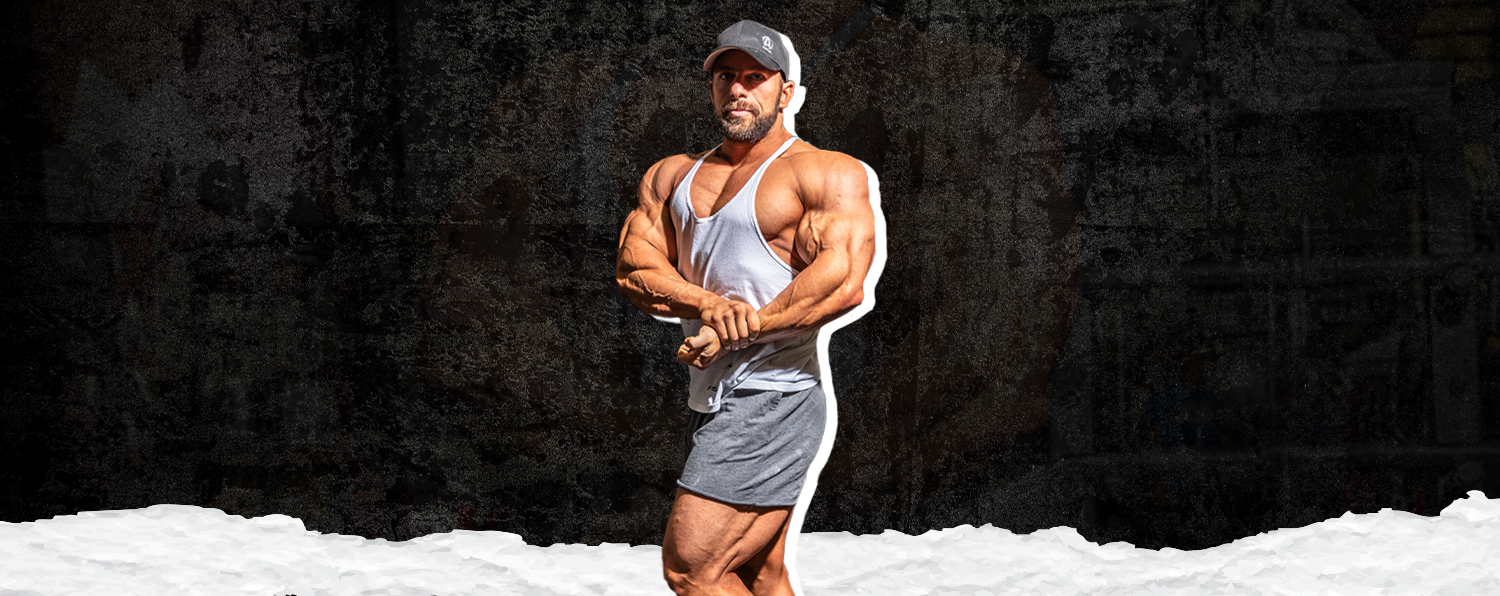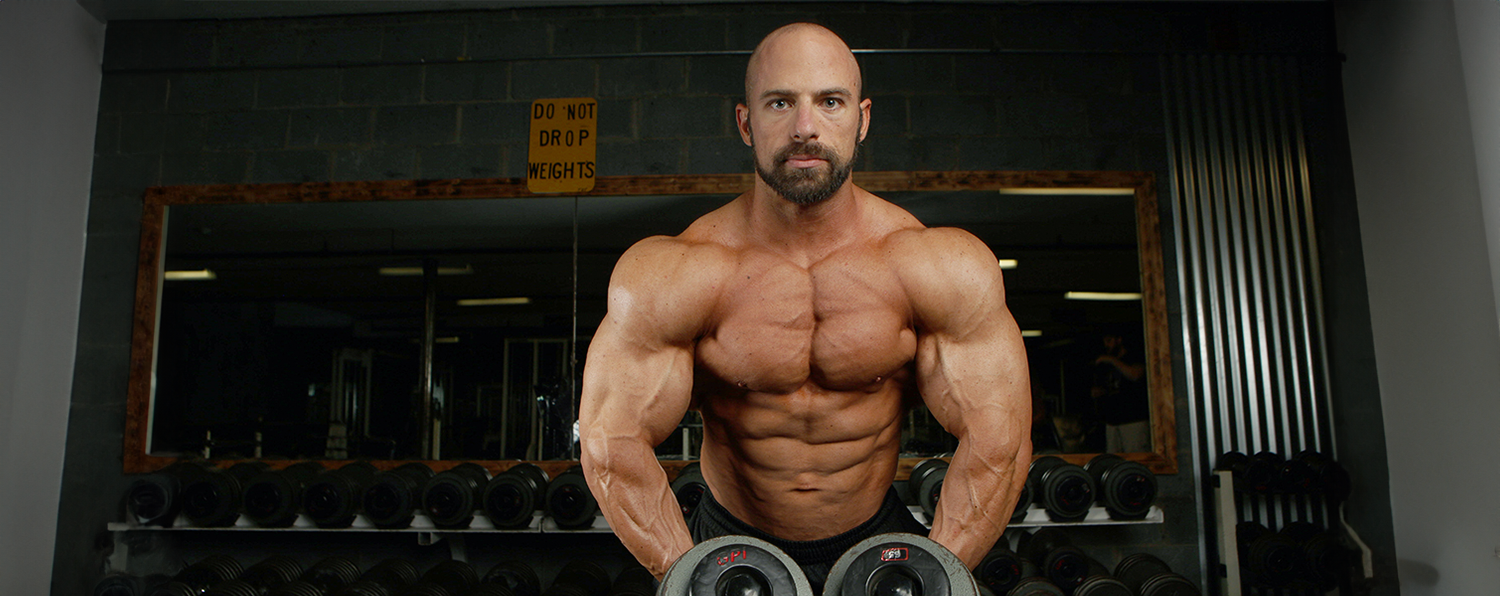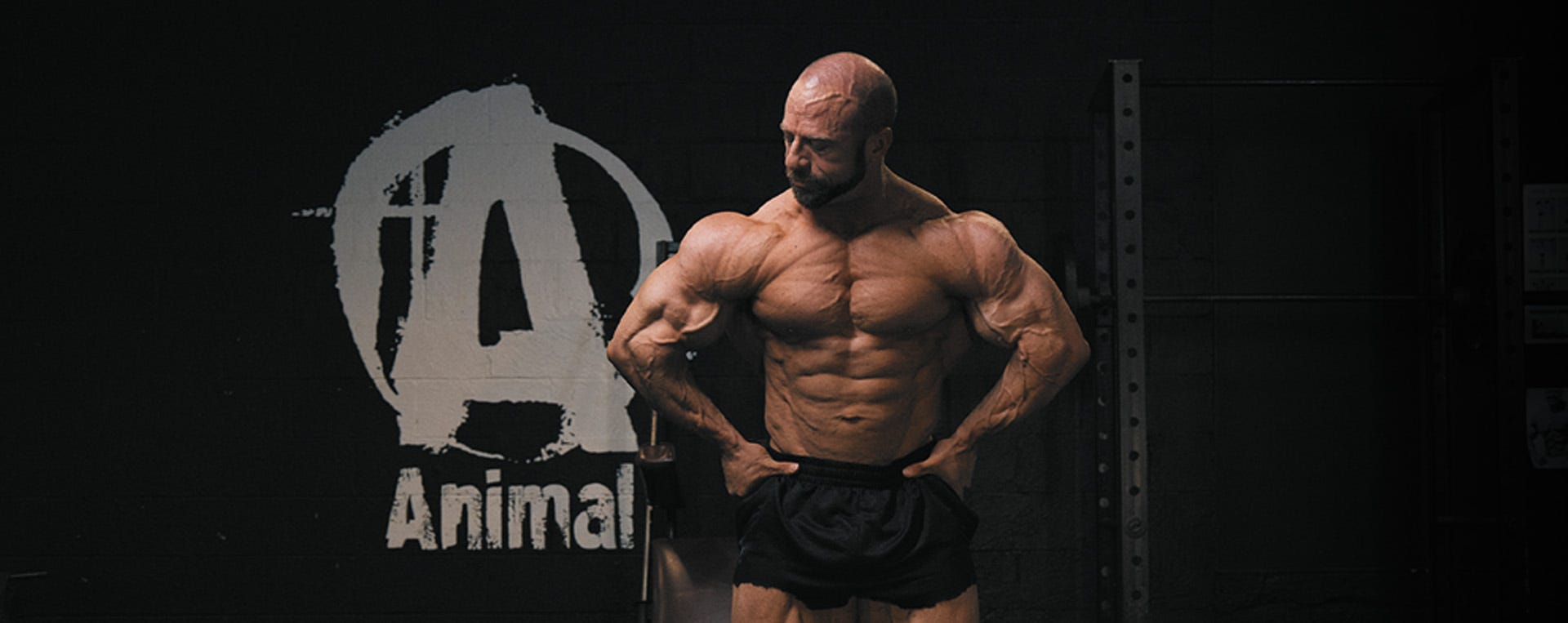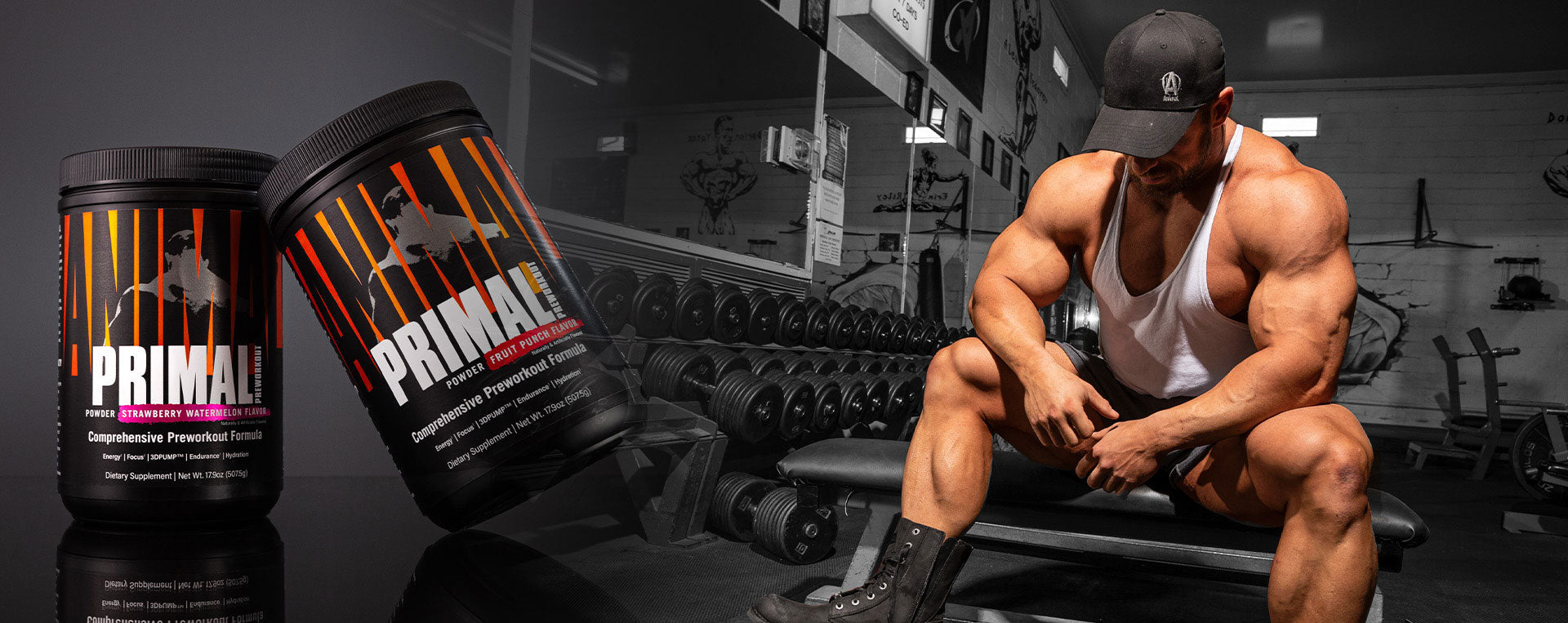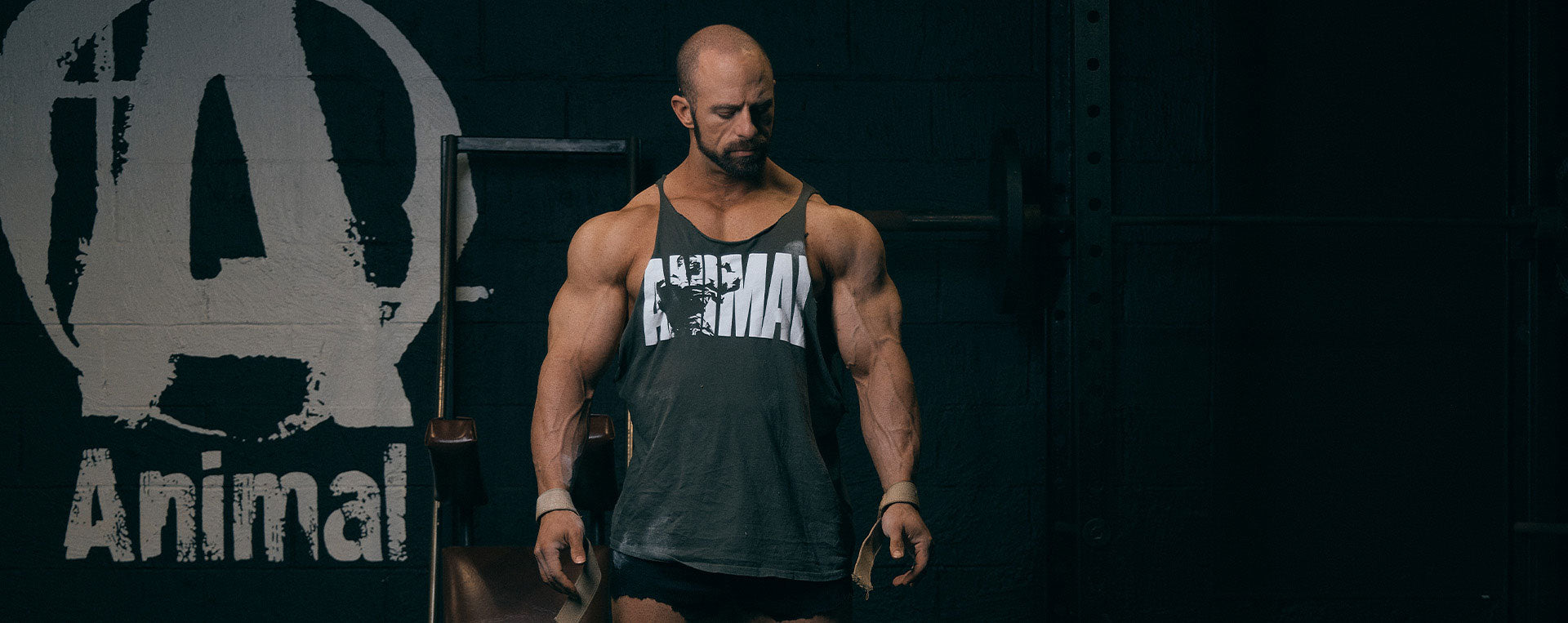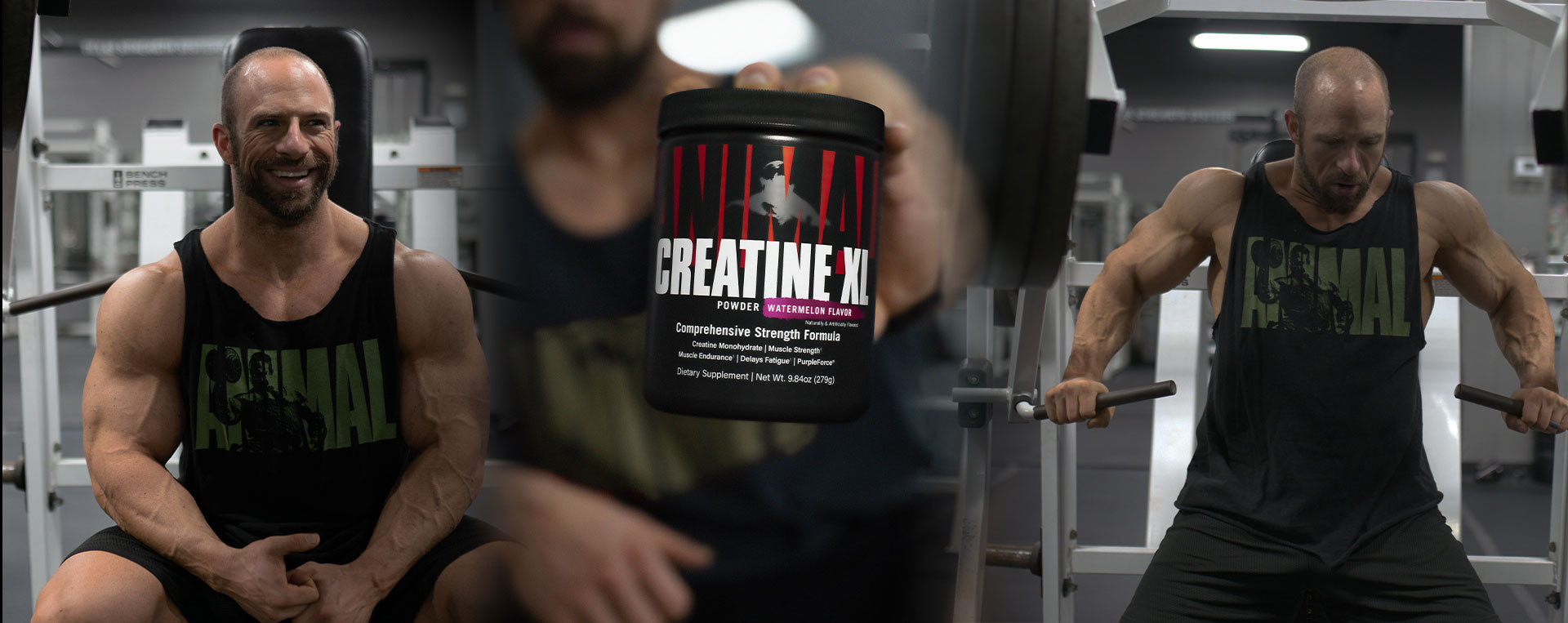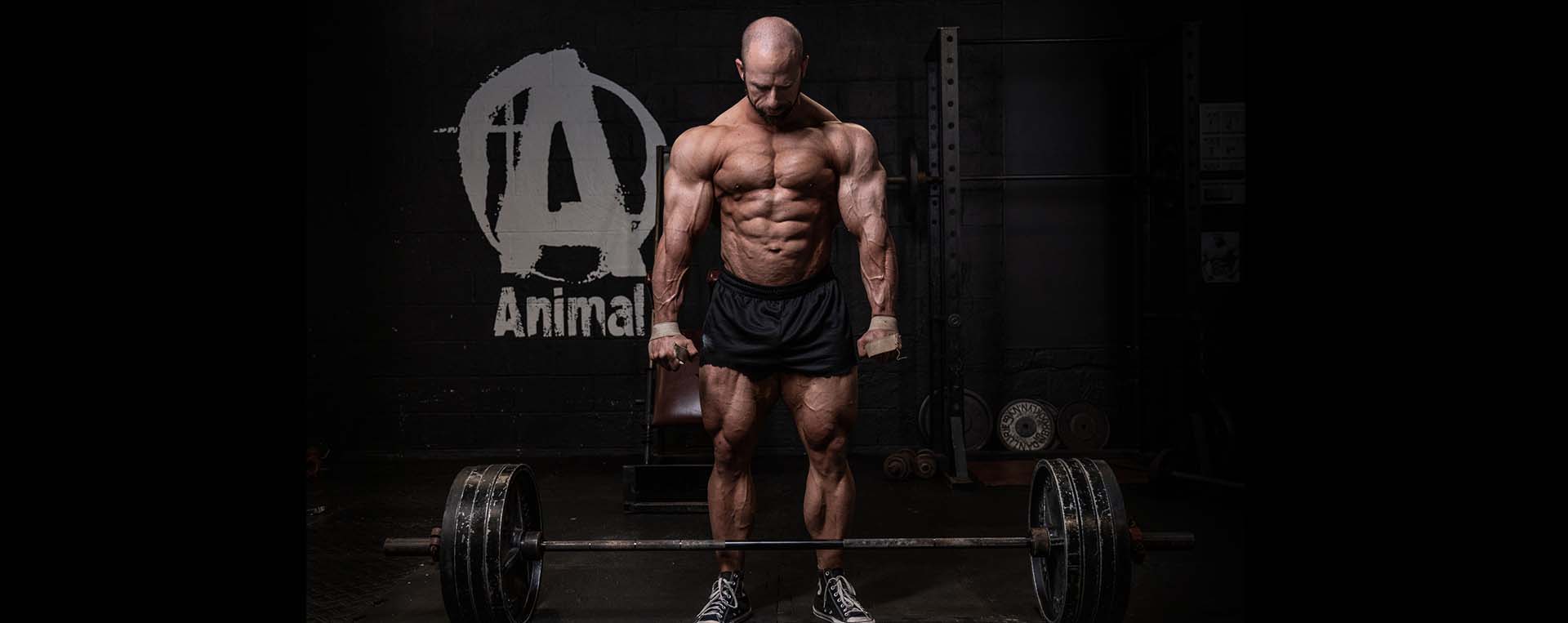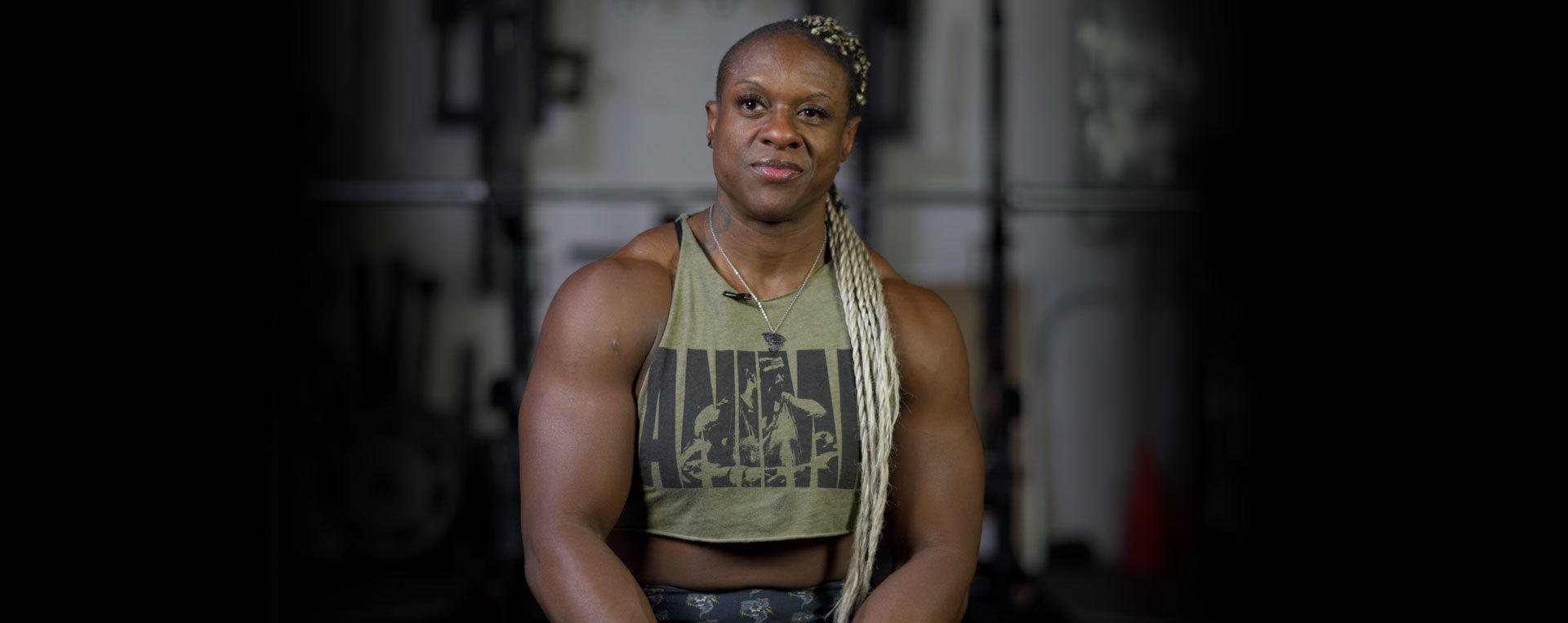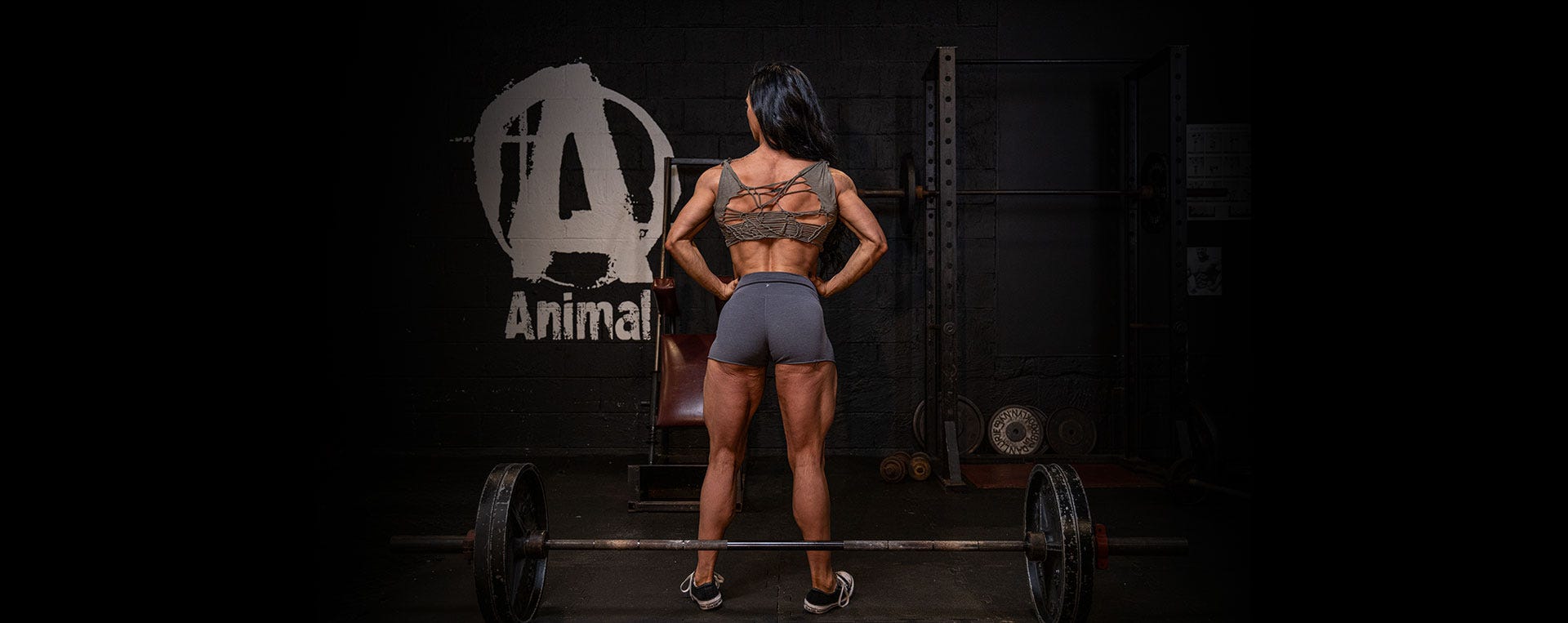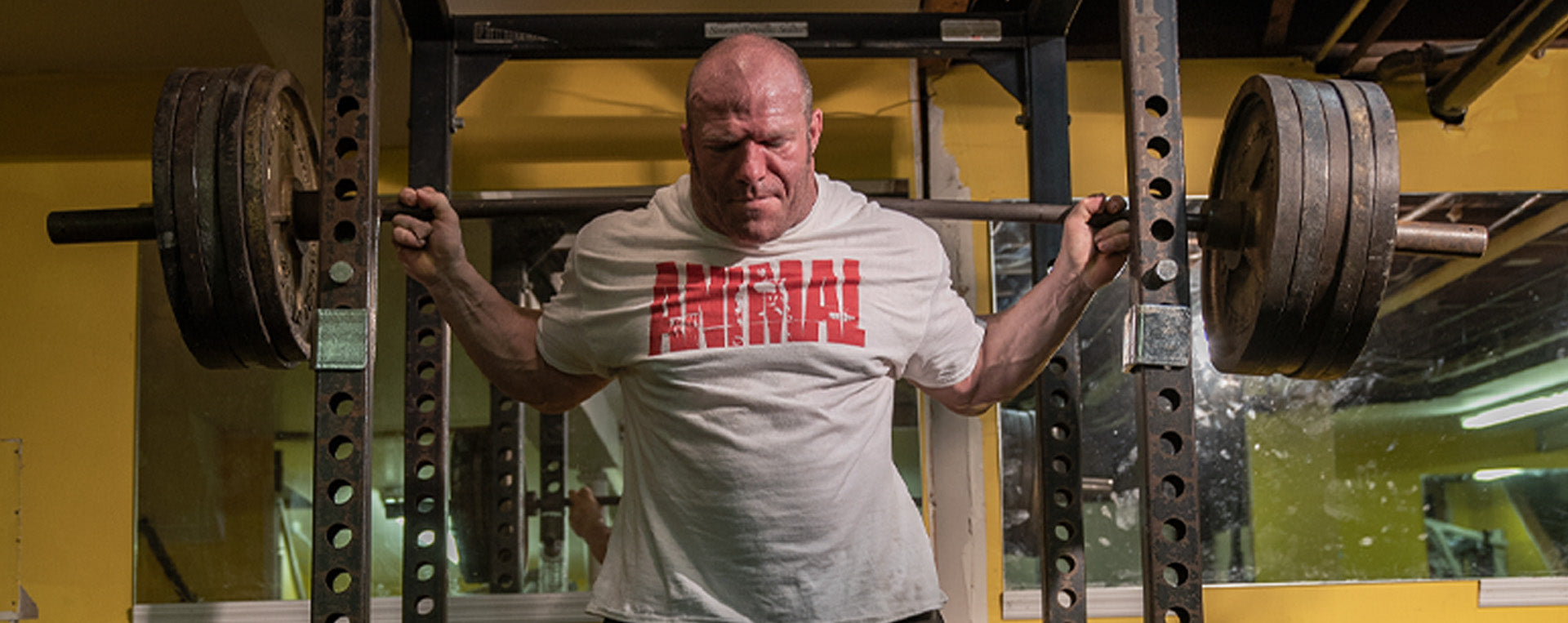Legs are impressive, but a monstrous back is the quintessence of hard work.
Look at some of the best backs that have conquered the Olympia stage. Ronnie Coleman and Dorian Yates are among a few that have some of the thickest and widest backs bodybuilding has seen. These were backs that were built on the basics. Deadlifts, barbell rows, and dumbbell rows were the lifts that packed on back size.https://www.youtube.com/watch?v=S8jEqfKA8-E
I firmly believe you will see the most size increase if you can progressively improve on a lift throughout time. The best way to achieve this is to select compound lifts that recruit multiple muscle groups. Lifters can progress longer with compound lifts compared to isolation exercises. Isolation movements have their place, but compound lifts must be the bread and butter. It is much easier to add 5 lb to a deadlift than 5 lb to a cable pullover. So, what should be our mainstay compound back lift? Enter Pendlay barbell rows.
The Pendlay barbell row is similar to the traditional barbell row, but the bar starts on the ground at the start of every rep. This will take momentum completely out of the movement and allow you to perform a much stricter row. In contrast, you start a barbell row by deadlifting the weight off the ground, then the lats and traps keep the bar moving toward your body using momentum. Then with each subsequent rep, the lower back continues to generate momentum. These are cheat reps and they remove tension from the muscles that you intended to work. If any other joint is moving during a row except the shoulder and elbows, then you are bringing in other muscle groups to assist.
There is a large difference in range of motion when looking at the movement pattern between the Pendlay barbell row and a traditional barbell row. Creating the most tension through the full range of motion of any muscle will produce the greatest growth stimulus. So, a traditional barbell row with the torso at 45 degrees to the ground severely cuts the range of motion of the lats. By using the Pendlay style, you can extend your arms out farther from your body and create a great rowing motion for the lats.
Another advantage of the Pendlay row is safety. Traditional barbell rows require your lower back to take the abuse of stopping the eccentric motion of the bar. This could potentially set you up for injury. The Pendlay style allows the ground to stop the eccentric phase and saves your lower back from having to make that transition.

The Set Up
1. Bar height: the bar height should be mid-shin. If you aren’t strong enough to use a 45 lb plate, use bumper plates. You could also use the pins in a squat rack or set the weight on step up boxes.2. Feet placement: approach the bar with the feet at shoulder width.
3. Hand placement:
- Upper back focus: take a wider grip with pinkies on the ring of the bar. Adjust according to arm length.
- Lower lat focus: take a grip slightly wider than shoulder width. Adjust according to arm length.
- How to know if your grip is right? If you look at a mirror while you row, your wrist and elbow should be in a straight line and form 90 degrees with the ground. If your hands are too close, your biceps will limit the lift. If your hands are too wide, the range of motion will suffer.
4. Head placement: during all back movements, it is important to keep a neutral spine. Since your torso is nearly horizontal, you should be looking at the ground and focusing on it throughout the lift.
5. Hips, knees, and torso placement: hips and shoulders should be in line from the side view. You should be nearly parallel with the ground. Knees should be slightly bent. The starting position looks like a stiff leg deadlift.
6. Initiating the movement: the first movement should pull the elbow back toward the sky, but the torso should not rise.
7. Bar travel: as you proceed through the concentric phase, elbows should be driven past the torso.
- Upper back emphasis: with a wide grip row the bar, but keep the upper arm and torso at 90 degrees so the elbows are flared out from the body. The bar should be traveling toward mid sternum.
- Lower lat emphasis: with a grip slightly wider than shoulders, row the bar pulling it back toward your navel. Arms should be at 45 degrees with the torso.
8. Finishing the movement: control the bar through the eccentric phase and let it return to the ground. Let the bar come to a complete rest prior to initiating another repetition.
I have laid out the blueprint for another weapon in your back training arsenal. Your part is to execute the lift flawlessly and continue to progress in weight and reps. When you are rowing 405 lb for reps, your back should be barn door wide and meat slab on top of meat slab thick. So get to rowing.











